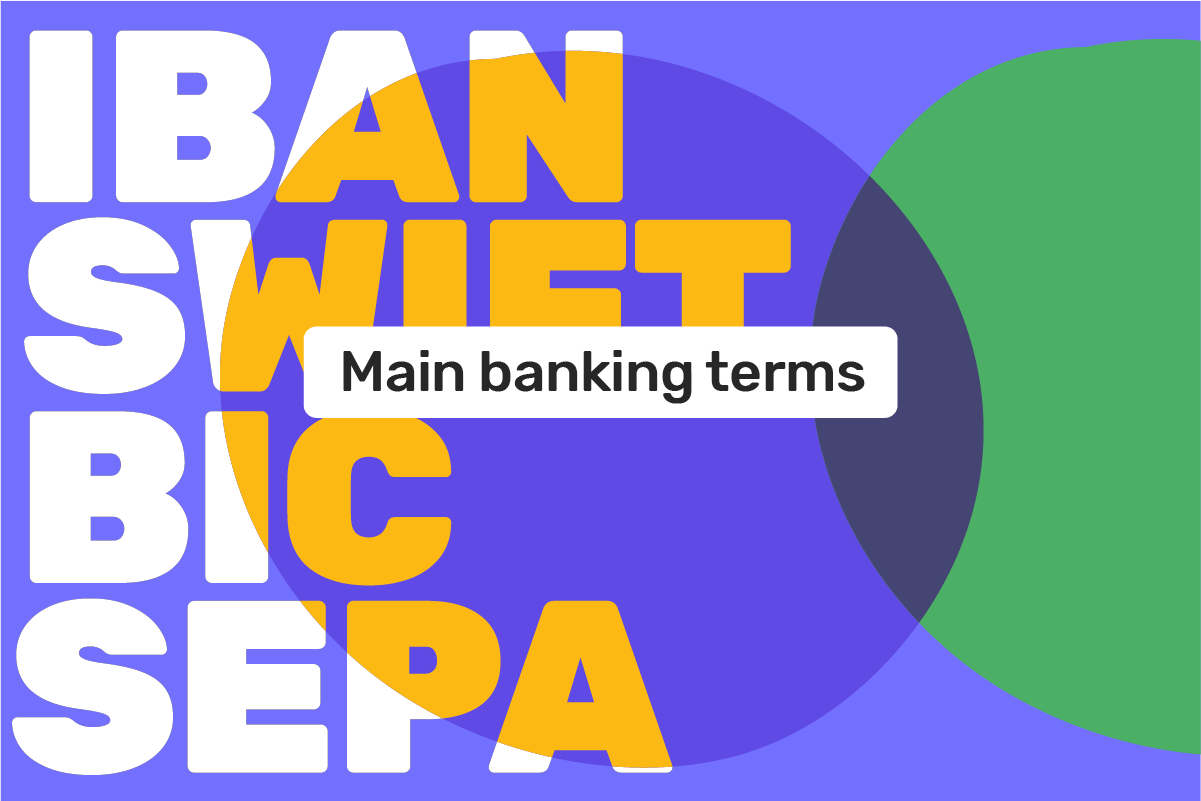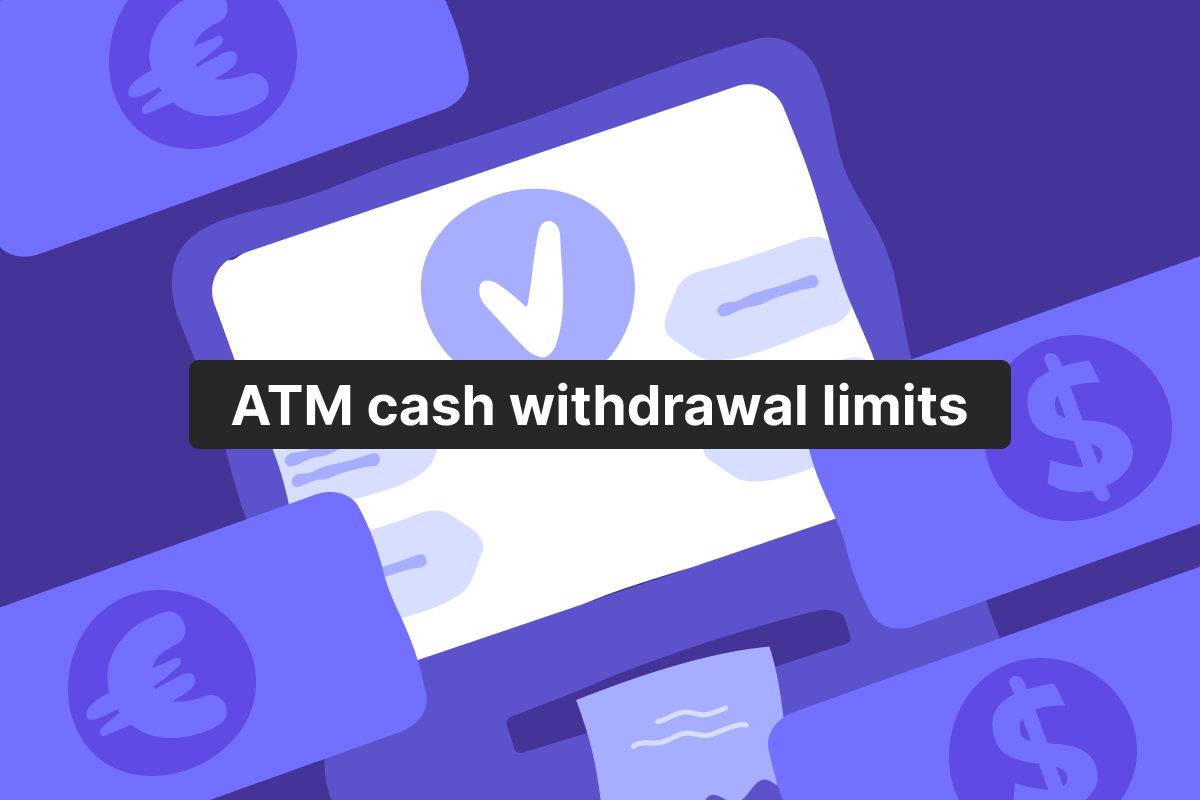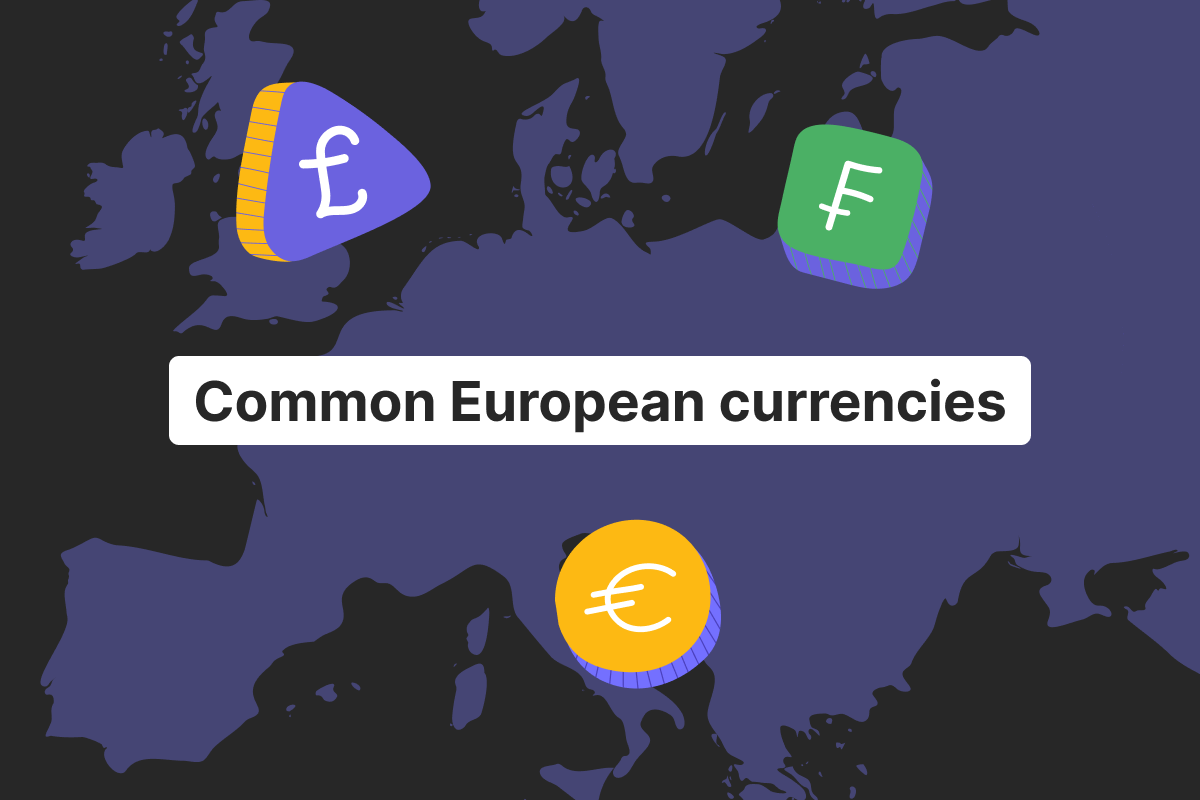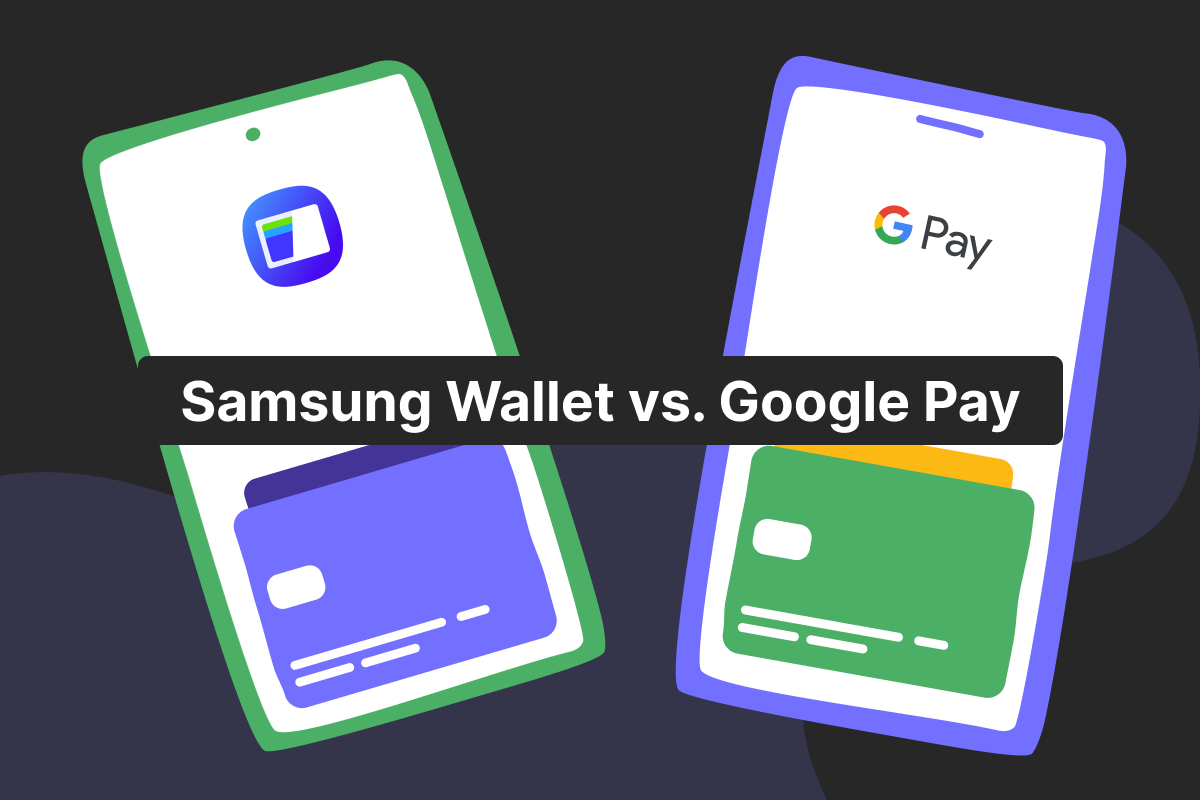It’s no secret that financial services are now flourishing in all parts of the world. Due to high competition in this sphere, people can choose from a wide range of providers or even have a couple of accounts.
The timeframes of money transfers are among the crucial factors to consider. Especially when we’re talking about transactions overseas. Here comes the tricky part – to send a speedy payment, one needs to know the basic terminology connected with types of payments/bank details.
Genome supports various transfers and helps individuals and companies when it comes to starting personal or business wallets. In today’s blog, we’ll explain common payment formatting concepts.
IBAN
International Bank Account Number is a must to receive/accept money and make payments. We can break it down into the following parts:
CY 17 002 00128 00000012005276002 (34 characters max)
Country code | Represents the country ISO code; CY – Cyprus |
Check digits | 2 digits generated to exclude the error possibility (here it’s 17) |
BBAN (Basic Bank Account Number)
Bank code | A special code of a particular fin-institution (it’s 002 here) |
Branch code | Can be missing in some IBANs (it’s 00128) |
Account number | Contains digits + letters (the rest of the code) |
Genome allows you to apply for a personal or business account with a dedicated IBAN just in a few clicks.
SWIFT/BIC
SWIFT stands for Society for Worldwide International Financial Telecommunication system, while BIC is a Bank Identifier Code. They are synonyms and identify the same thing. This code is significantly smaller than the one we discussed prior – from 8 to 11 characters. Let’s have a closer look:
LOYDGB2LXXX
4 letters | The bank name in a short formLOYD – Lloyds Bank |
2 letters | An ISO codeGB – Great Britain |
2 characters (digits or letters) | The city where the bank’s main branch is located |
3 characters (digits or letters) | Allow identifying the bank’s branch. If these 3 symbols are missing, the number will only include 8 characters |
Both of the aforementioned numbers are usually contained within the app of your financial provider. Just log in there and copy the codes from your account, or send them over. The codes also usually appear on bank statements. Finally, some special services allow you to check if you have the right codes.
ACH
The Automated Clearing House – a US system for sending and receiving payments. ACH is only 9 digits long and you cannot use it for local transactions in Europe.
SEPA
It’s a network uniting most EU countries in one area and making all financial services within it faster and more available. Consequently, EUR payments between European states are as quick and cheap as internal ones. The Single Euro Payments Area was established around 20 years ago, and has three versions:
SEPA Credit Transfer (SCT)
SEPA Instant Credit Transfer (SCT Inst)
SEPA Direct Debit (SDD)
As for payment formatting, you will need an IBAN code and, sometimes, SWIFT code.
And if SEPA payments are what you require, look no further than in Genome. Available for personal and business accounts. Recently, we’ve simplified our process of ordering transfers in euros – you don’t need to fill in BIC anymore. Just insert the IBAN details and send the payment right away.
FAQ:
What is the format of an IBAN number?
The number can reach 34 characters (letters + digits) in total and changes depending on the account’s geographical location. It is used to receive and send money either domestically or internationally.
What is the format of a BBAN number?
Basic Bank Account Number is 30 symbols long at max. Take out the first 4 characters from IBAN – and the rest of the code will be BBAN. It includes codes of the financial institution and its branch, as well as the very account number.
What is the format of a SWIFT number?
It is a bank account number used for transfers overseas via SWIFT. Now, it’s clear from where this code takes its name. This number can have either 8 or 11 signs.
What is the format of a BIC number?
It is a special combination of numbers and letters that identify a specific bank in a SWIFT system. Thus, BIC and SWIFT numbers are the same. You can often see the following token when you need to fill in this code: BIC/SWIFT.
What is the format of an ACH number?
It’s a numeric code for making payments in the USA. It consists of 9 digits and is unique for each US bank. ACH stands for Automated Clearing House, which is a local financial transactions network.
What is the format of a SEPA number?
Single Euro Payments Area is a system connecting most states in Europe and processing euro payments between them. Speaking of payment formatting, you will need to fill in IBAN and, sometimes, BIC.
What is the format of an SCT number?
SEPA Credit Transfer is a part of the SEPA network. In other words, it’s a type of basic transfer that can only be sent in euros. For this, IBAN and sometimes SWIFT codes are required.
What is the format of an SDD number?
It is one more type of payment available within the SEPA area. It works like a regular direct debit in euros. Similarly, to send money via SDD, fill in IBAN and BIC.






